Best Timing for Siding Services

Spring offers moderate temperatures ideal for siding repairs and installation, reducing the risk of weather-related delays.

Summer provides extended daylight hours and warm weather, suitable for siding projects, though high temperatures may require scheduling adjustments.
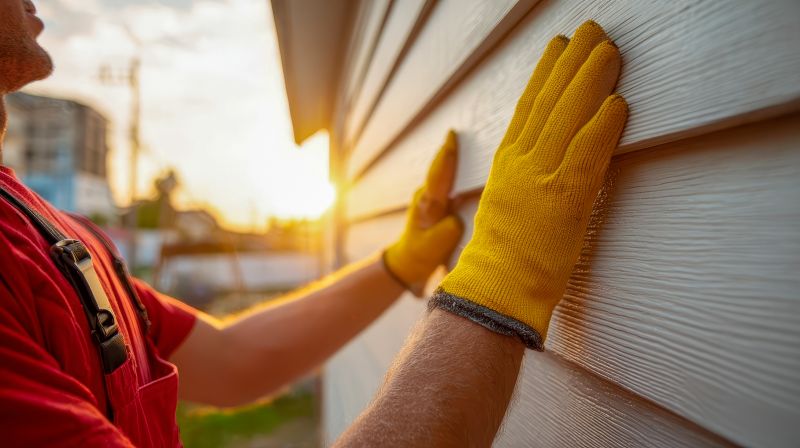
Fall is optimal for siding upgrades before winter, with cooler temperatures and less humidity helping ensure quality results.
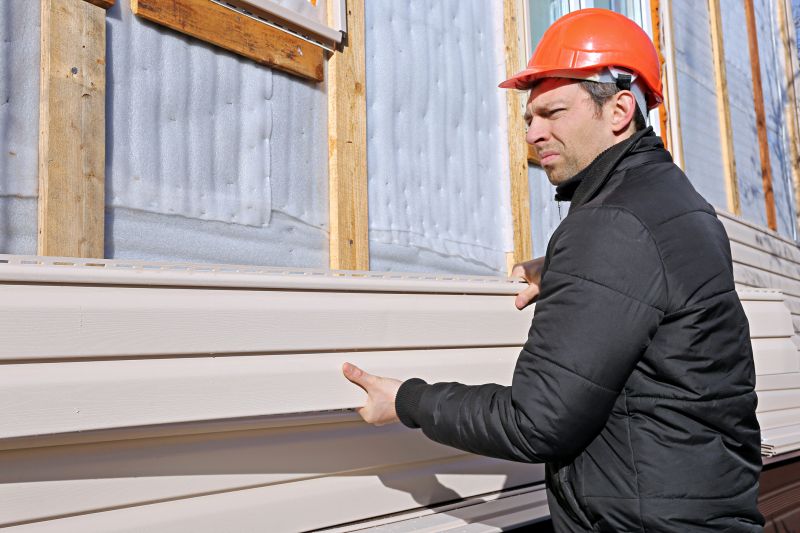
Ways to make Siding Service work in tight or awkward layouts.
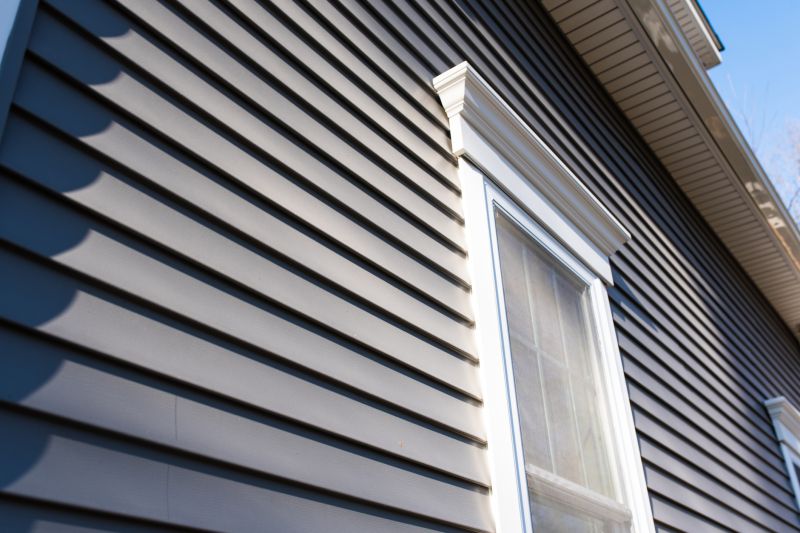
Popular materials for Siding Service and why they hold up over time.

Simple add-ons that improve Siding Service without blowing the budget.
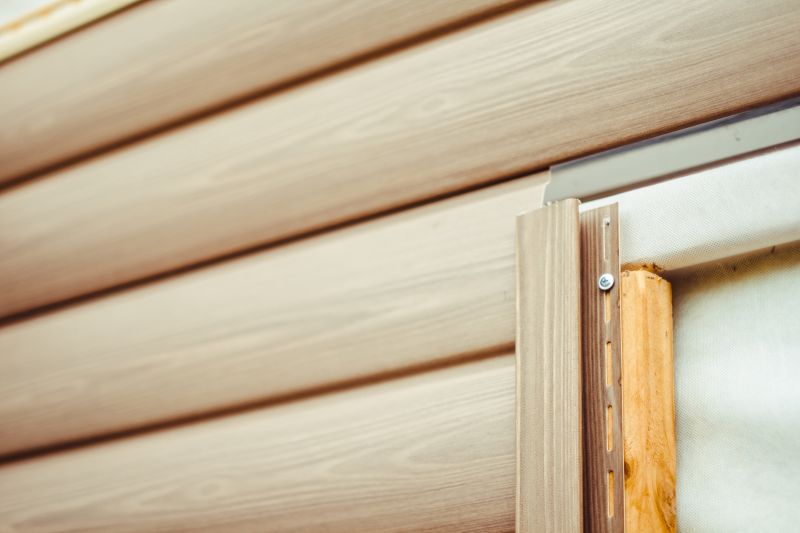
High-end options that actually feel worth it for Siding Service.
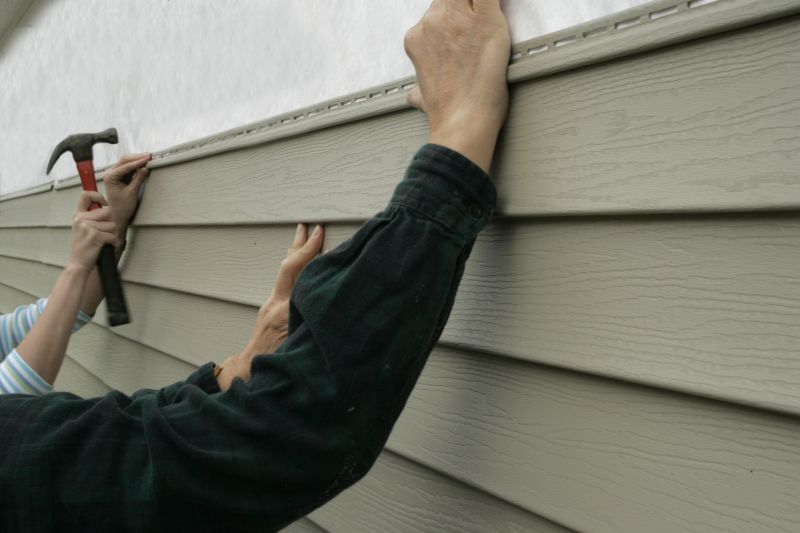
Finishes and colors that play nicely with Siding Service.
Siding service involves the installation, repair, and maintenance of exterior wall coverings that protect and enhance the appearance of buildings. Proper siding can improve energy efficiency, reduce maintenance needs, and increase property value. The best timing for siding work depends on climate conditions, project scope, and desired results.
Statistics indicate that scheduling siding projects during mild weather can decrease installation time by up to 30%, while reducing the likelihood of weather-related damage. Typically, spring and fall are preferred seasons, as they offer stable weather patterns and moderate temperatures that support optimal siding performance.
Extreme cold or heat can affect siding materials and installation quality. Scheduling during moderate weather minimizes these risks.
Certain siding materials perform better when installed during specific seasons, such as vinyl in spring or fall.
Timing can influence project duration, with milder seasons typically allowing quicker completion.
Pricing may fluctuate based on demand, often higher during peak seasons like summer.
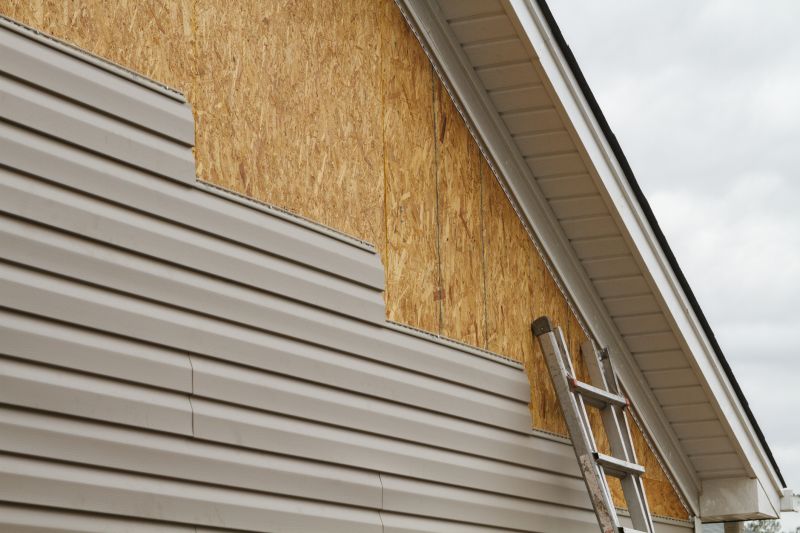
Spring's moderate weather allows for efficient siding installation with minimal delays.

Summer offers long days and warm temperatures, ideal for completing siding work.
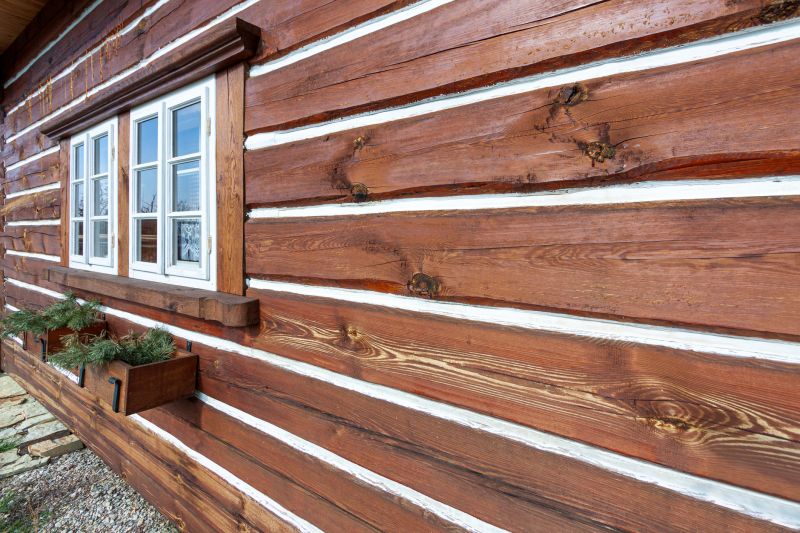
Fall provides cooler temperatures and less humidity, favorable for siding installation before winter.
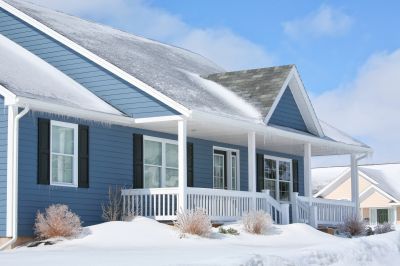
Winter may pose challenges due to cold temperatures and potential frost, making it less ideal for siding projects.
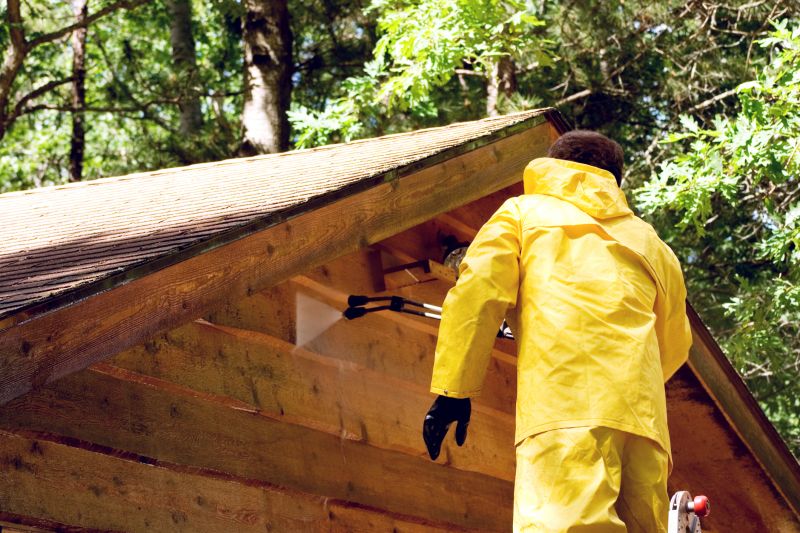
Scheduling siding work ahead of seasonal shifts ensures optimal results and readiness for weather changes.
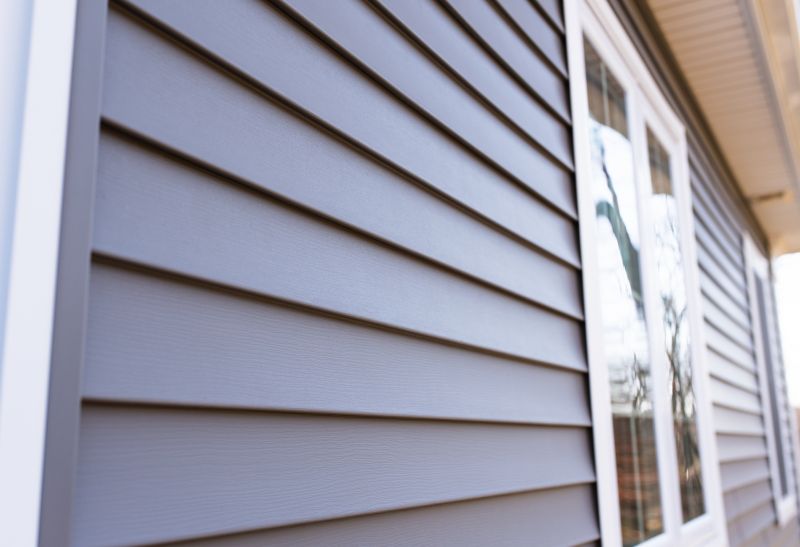
Understanding local climate helps determine the best season for siding installation and maintenance.

Spring and fall are peak seasons for siding, often resulting in quicker scheduling and project completion.
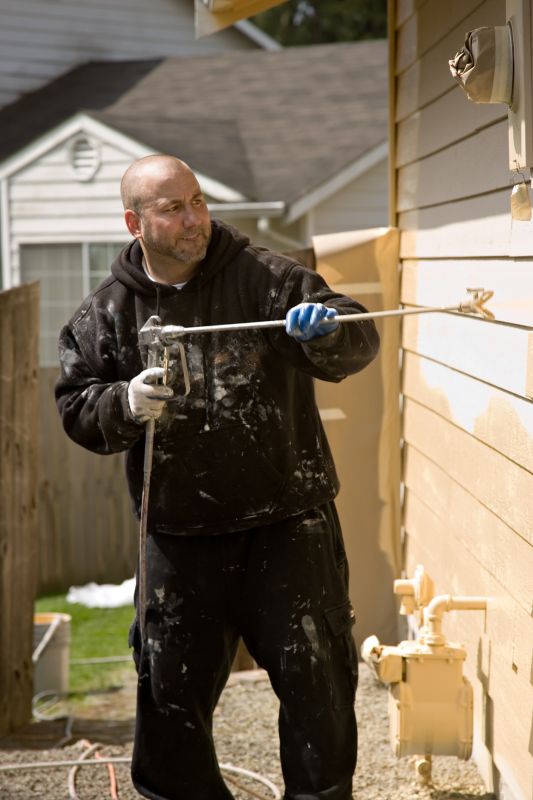
Choosing off-peak times can reduce costs and increase scheduling flexibility.
| Season | Ideal for Siding Service |
|---|---|
| Spring | Yes |
| Summer | Yes |
| Fall | Yes |
| Winter | Limited |
| Early Spring | Optimal |
| Late Fall | Optimal |
| Late Winter | Not Recommended |
| Early Summer | Good |
Choosing the right time for siding service ensures better installation quality, longer-lasting results, and fewer disruptions. Proper planning based on seasonal weather patterns can lead to cost savings and enhanced property appearance.
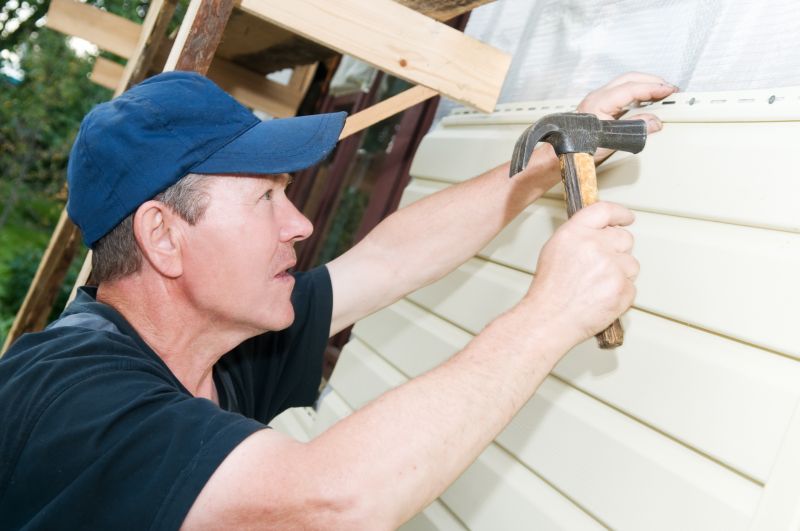
Effective planning considers seasonal weather to optimize siding installation.
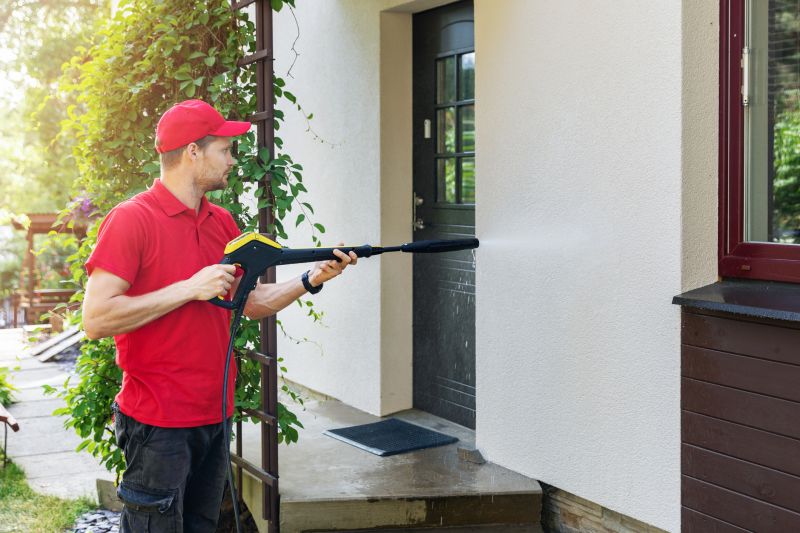
Selecting appropriate materials can extend siding lifespan regardless of season.
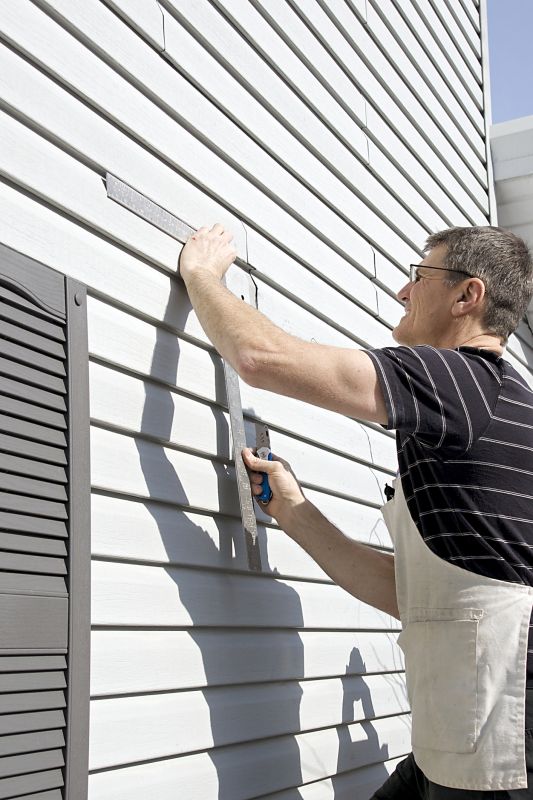
Pre-project inspections help identify issues that may affect timing and material choice.
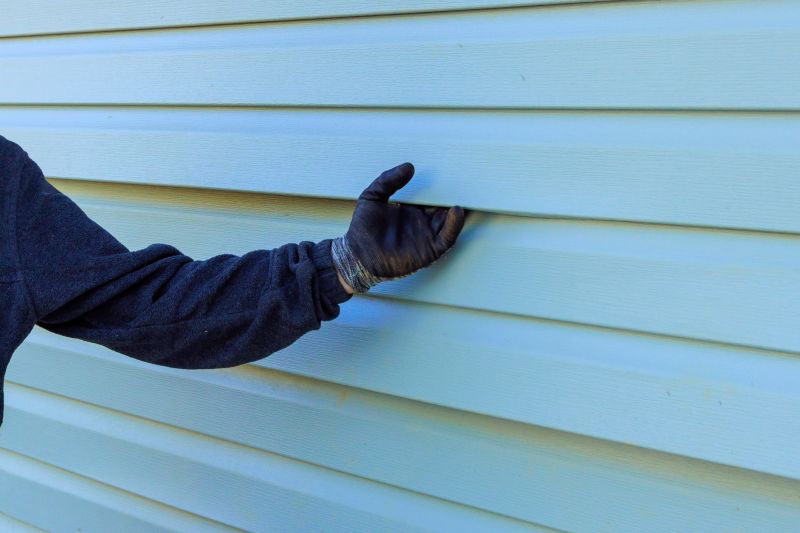
Scheduling maintenance during favorable weather ensures durability.

Little measurements that prevent headaches on Siding Service day.
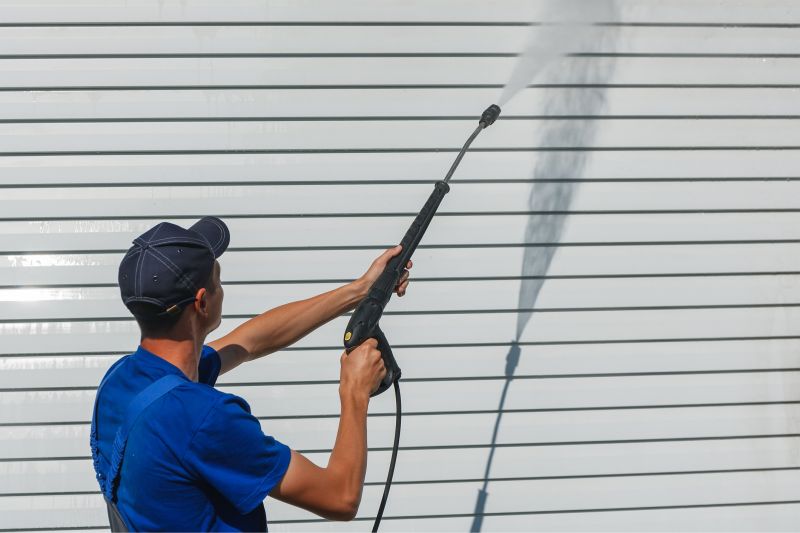
A 60-second routine that keeps Siding Service looking new.
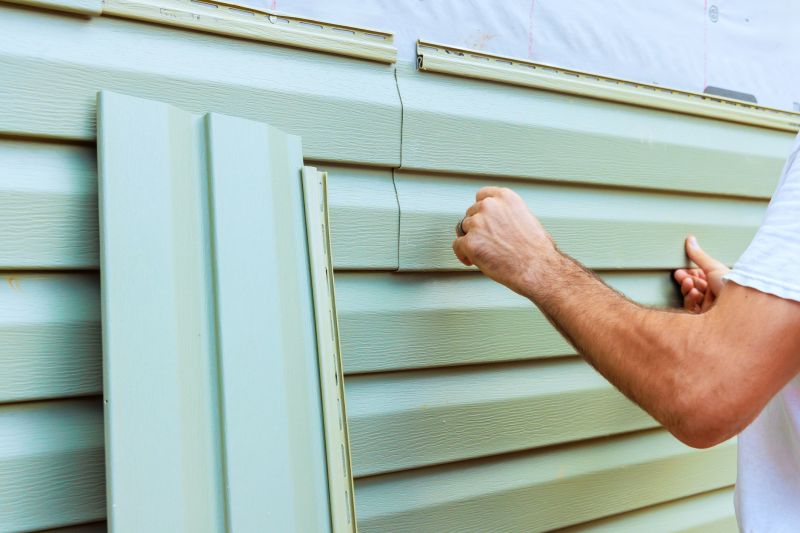
A frequent mistake in Siding Service and how to dodge it.
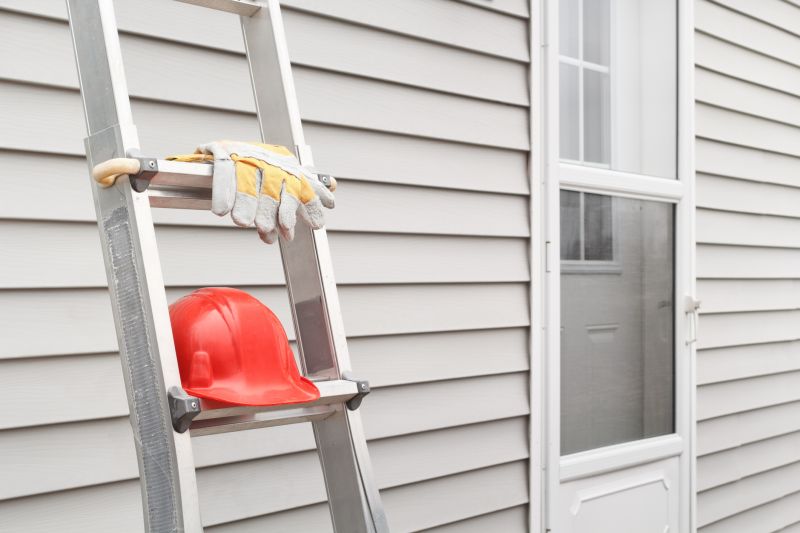
Small tweaks to make Siding Service safer and easier to use.
Interested property owners can contact for scheduling siding service during the most suitable season for their needs. Proper timing enhances the durability, appearance, and performance of siding installations and repairs.
